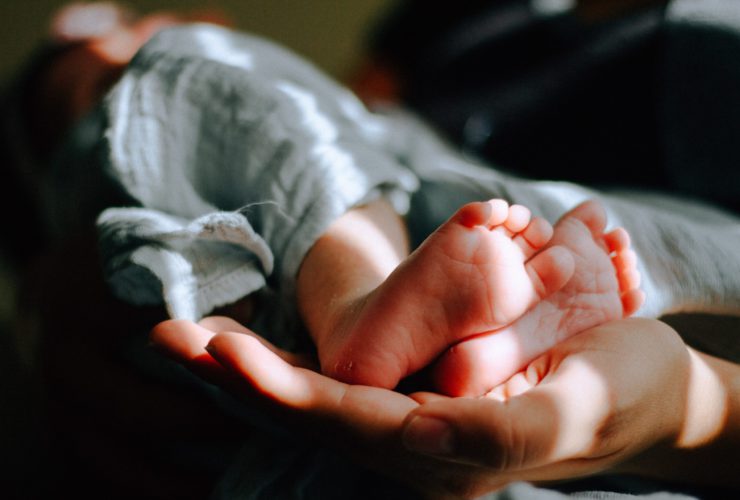Fibroids are one of the most common gynaecologic problems we see frequently cause issues in pregnancy. Up to 40% of women in the fertile age range have fibroids, being even more frequent in some Asian and African women.
Before becoming pregnant, many women will not be aware that their uterus contains fibroids – unless they are very large or have caused symptoms in the past, such as pain and heavy periods. Fibroids can be detected on ultrasound, CT or MRI imaging, or may be identified by your doctor during examination and pap smear. In addition to the pain and discomfort Fibroids can create, they can also affect your fertility, pregnancy and childbirth.
Fibroids and fertility
Fibroids may impact your fertility in a number of ways. The effect is largely determined by both their position and size. If the fibroidssit within the cavity of the uterus they can significantly reduce fertility and increase the risk of miscarriage. Many of these fibroids will need surgical removal before you can achieve a successful pregnancy. Research has demonstrated that very large or multiple numbers of fibroids that are scattered around the uterus but don’t impact on the cavity can still cause a reduction in fertility. Organising an ultrasound of the pelvis can determine where and how many fibroids are present.
Fibroids in pregnancy
Whilst fibroids are large firm ‘muscle’ lumps, they rarely hurt the baby. Most of the problems resulting from fibroids during pregnancy are related to the distortion of the uterus and cavity. In addition the fibroids can affect the way the placenta attaches and grows on the wall of the uterus, impacting your baby’s growth or possibly causing placental bleeding during the pregnancy.
Fibroids may contribute to:
- Early or late vaginal bleeding
- Premature rupture of membranes
- Premature labour
- Abnormal foetal lie such as breech, oblique or transverse in 15% of pregnancies
- Pain and tenderness in the uterus as the fibroid grows under stimulus of the pregnancy hormones and increased blood supply
Fibroids and Birth
Fibroids’ effect on birthing relates again to their position and size. Fibroids that sit low in the pelvis in late pregnancy can block the birth canal necessitating a caesarean delivery. This will be assessed by your obstetrician during the third trimester of pregnancy.
Fibroids can cause an abnormal lie of the baby such as breech, oblique or transverse that will increase the risk of having a caesarean delivery. At the time of a caesarean delivery, the fibroids may also obstruct the typical entry therefore requiring a different surgical approach. Having an obstetrician that has the surgical experience to deal with these situations is an important requirement. Blood loss and risk of requiring a hysterectomy is also increased.
If you are aware that you have fibroids, then it is strongly advised to obtain a specialist obstetric opinion concerning this and your potential family plans before conceiving. A pre-pregnancy consultation with a specialist obstetrician is a sound investment, as it can help assess the ways in which you can help avoid many of the complications in fertility, pregnancy and birth.


